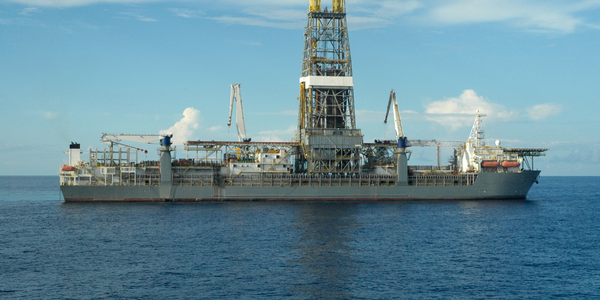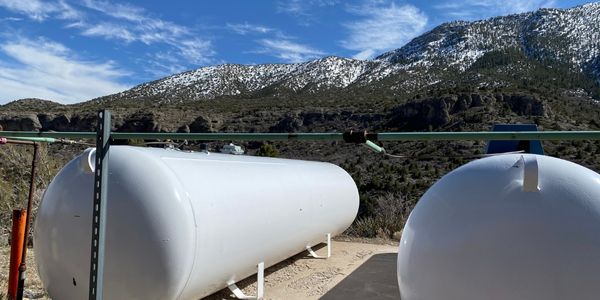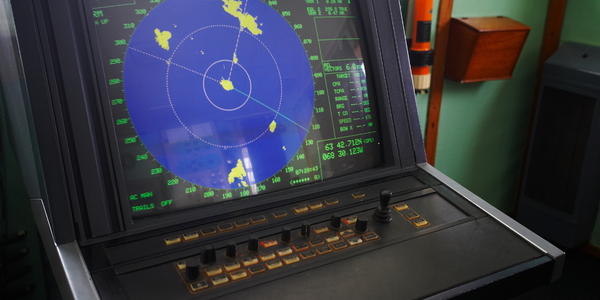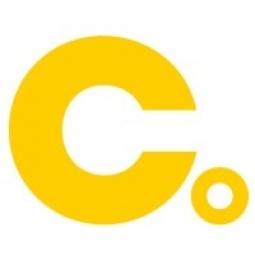Customer Company Size
Large Corporate
Country
- United Kingdom
Product
- CensorNet Multi-Factor Authentication (MFA)
- Citrix NetScaler
Tech Stack
- Multi-Factor Authentication
- Citrix
Implementation Scale
- Enterprise-wide Deployment
Technology Category
- Cybersecurity & Privacy - Identity & Authentication Management
Applicable Industries
- Marine & Shipping
Applicable Functions
- Business Operation
Use Cases
- Remote Asset Management
Services
- Cybersecurity Services
About The Customer
Mediterranean Shipping Company (MSC) is a world leader in global container shipping. The company has an established fleet of 480 container vessels and a carrying capacity of 2.6 million TEU. MSC's global sailing schedules cover over 200 routes, calling at 315 ports, and delivering a door-to-door cargo service to almost anywhere in the world. Given the global nature of its business, many of MSC (UK)’s employees require access to company systems wherever they are in the world. But to do this safely, without compromising the company’s data security, is a key priority for MSC.
The Challenge
Mediterranean Shipping Company (MSC), a global leader in container shipping, faced a challenge in securing access for its employees who required off-site use of Citrix published applications, regardless of their location in the world. The company was also transitioning its remote working environment from a VPN solution to Citrix, aiming to provide a more flexible and intuitive operating system for remote workers. However, securing access to this new system was crucial. With the rise in security threats, two in three network breaches involve lost or stolen passwords. MSC was aware of this and wanted to change the domain authentication they were using after a penetration test highlighted the need for maintaining the highest level of security for the business.
The Solution
MSC sought a simple authentication solution that was flexible, straightforward for its people to use, and would meet its stringent security standards in preventing hackers from breaching its networks. After researching and testing various solutions on the market, MSC chose CensorNet Multi-Factor Authentication (MFA). The solution uses a number of variables, such as geographical location, time of day, and IP address to validate users, and then sends passcodes to users’ mobile phones. The implementation of CensorNet MFA went smoothly, with MSC migrating all 500 of its remote users in phases. The assistance from CensorNet during the evaluation and implementation was faultless and enabled MSC to get up and running with minimum disruption.
Operational Impact
Quantitative Benefit

Case Study missing?
Start adding your own!
Register with your work email and create a new case study profile for your business.
Related Case Studies.

Case Study
Drill ship power challenge: hybrid solution solves distribution issues
Aspin Kemp & Associates (AKA), a manufacturer of electrical power and control systems headquartered in Montague, PEI, encountered one with its hybrid power initiative, the first hybrid drill floor destined for installation on ultra-deepwater drill ships operated by Transocean, Swiss offshore drilling contractors. Since on-site modification was impossible and scrap recycling of any modifications was unacceptable, the enclosures had to arrive ready-to-install.

Case Study
Ensures Tanker Safety and Emissions Compliance
Storage tanks are irregular in shape and a certain amount of mathematical modelling is required to get an accurate representation of volume and, more importantly, the weight of material in each tank. In addition, countries have different emission regulations, so the ships position needed to be accurately known in order to geotag emission data.

Case Study
Real-time Networked Sonar System for Ships
A multinational, knowledge-based corporation that delivers marine electronics solutions is utilizing industrial Ethernet technology to help ensure that operations at sea are dependable and optimal. Based in Europe, the company has nearly 4000 employees working in 20 countries around the world, and produces high-tech systems for offshore oil and gas operations, merchant marine systems, and various applications for the defense and aerospace industries. The company produces products and systems used by merchant vessels and offshore installations for positioning, navigation, automation, as well as for surveying and monitoring the seabed, and for fishing vessels and fi sheries research. As one of the major suppliers of high quality marine electronics in the world, their products include chart plotters for yachts, triple redundant dynamic positioning systems for oil drilling rigs, and sonar and instrument systems for scientifi c research vessels. Products used for marine applications must be rugged enough to endure the corrosive effects of salt water, and be able to withstand excessive amounts of vibration and shock. For this reason, the company only uses DNV and GL certified products and components to ensure that their systems can meet the high standards required by the maritime industry.

Case Study
Fleet Management Connectivity Solution for Marzam
Marzam, in order to ensure the best service, invested 3 million dollars in the construction of 2 fuel oil tanks with 40k gallons and 10k gallons capacity each, located in Manta, Ecuador. The customer needs to keep fleet operations going with fuel available at all times in order to guarantee quality of service. KEY ELEMENTS FOR THE CUSTOMER: Real-time level monitoring: Tank infrastructure remote level monitoring. Configure alerts and notifications when reaching critical values to avoid the need for emergency refills and optimize supply schedules. Real-time consumption monitoring: The customer needed an easy way to monitor in real-time accurate values of consumption.

Case Study
Mitsubishi Electric's Edge Computing Solution Powered by Wind River VxWorks
Mitsubishi Electric Corporation, a global leader in factory automation (FA) applications, identified edge computing as a critical component of the Industrial Internet of Things (IIoT). The company aimed to enhance device and data security, reduce data traffic to the cloud, and enable faster response to network or device issues. In 2018, Mitsubishi Electric launched its first line of industrial hardware products designed for edge computing, the MELIPC Series. The primary development goals for MELIPC were to support the type of edge computing promoted by Mitsubishi Electric and to introduce advanced vision technology for device control. The flagship computer of the MELIPC line, the MI5000, was designed to combine real-time equipment control with high-speed data collection, processing, diagnosis, and feedback in a single machine. However, the development team needed a real-time control platform that could seamlessly integrate real-time control with proven analytic and diagnostic applications.

Case Study
Migrating to Software-Only Licenses for More Responsive License Management
The world’s premier shipping companies work with the software solutions of ABB Marine & Ports to get their vessels safely and efficiently to their destinations. A loyal customer of Wibu-Systems for over a decade, ABB has been relying on CodeMeter dongles to store the license keys for their ABB AbilityTM Marine Advisory System - OCTOPUS.The current version of the system is using Wibu-Systems’ robust metal-case CmStick ME, a perfect choice for the rugged conditions at sea. As satellite communications has made fast Internet connections at sea a common reality for maritime operators, the company is looking to move from physical to software solutions to streamline its logistics processes.







